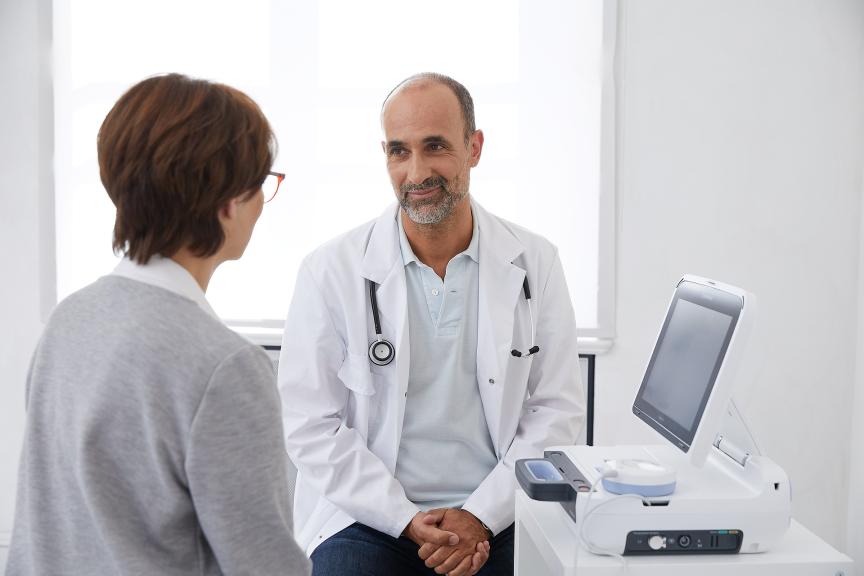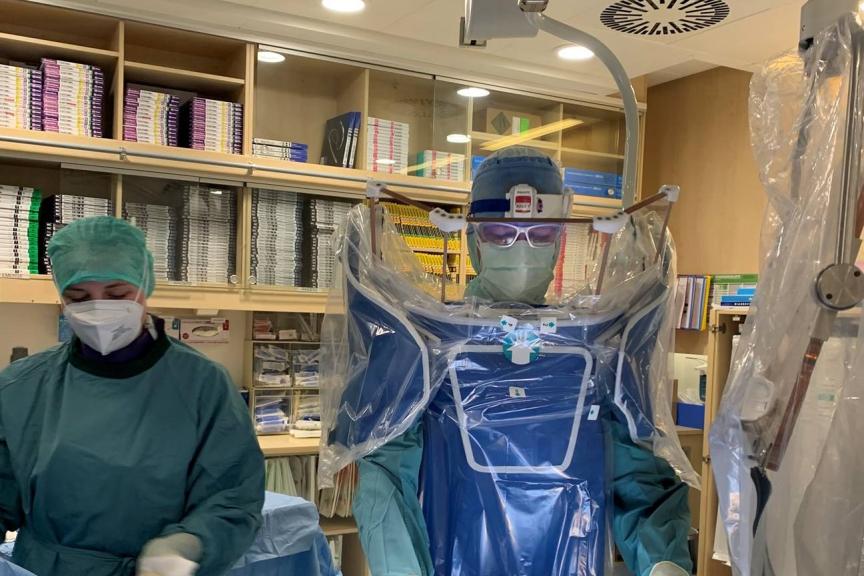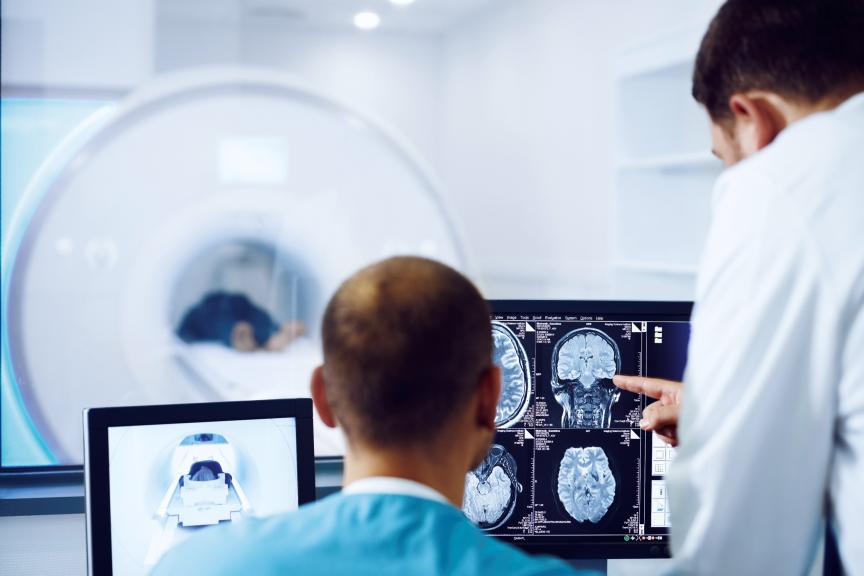What Role Can ICMs Play in Stroke Prevention?
As ICM Use Becomes More Common, How Can Clinics Manage the Workloads That Come With the Longer-Term Diagnostic Windows ICMs Offer?

About one in four people globally will have a stroke in their lifetimes. Stroke is the fifth-leading cause of death in the US and accounts for over a million deaths in Europe every year. The most common heart rhythm disorder—atrial fibrillation (AF)—can increase stroke risk up to five-fold. 20-30 percent of all strokes are attributable to AF, yet up to 90 percent of AF patients don’t show symptoms. So how can physicians get an early warning for the potentially severe effects of an often asymptomatic condition? A recent study suggests Insertable Cardiac Monitors (ICMs) could be an important part of preventing secondary stroke. Yet, as ICM use becomes more common, how can clinics manage the workloads that come with the longer-term diagnostic windows ICMs offer?
Researchers Libutzki, May and Tsitiridis looked at an anonymized database of 4.8 million patients in one national public health insurance scheme in Germany over three years. The study authors analyzed data from patients who received an AF diagnosis in 2013 or 2014 and put that data into two groups. Patients in one of these groups received an ICM, while the other group did not. The ICM patient group reported decreased mortality (5 percent vs. 13 percent), hospitalization, had to visit the doctor less and had fewer prescriptions for antiarrhythmic or anti-coagulating drugs. The researchers note their findings support using ICMs more frequently as a diagnostic tool for eligible patients.
Several recent studies have looked into ICM use to screen for AF in patients who have recently had cryptogenic or ischemic strokes (IS)—as AF can increase the risk of recurring strokes. In their 28-study meta-analysis, Tsivgoulis et al. investigated whether the longer monitoring times ICMs allow yielded higher AF detection rates in patients who recently had IS, noting that current guidelines didn’t provide clear direction for AF screening in these patients. Among IS patients who initially tested negative for AF, researchers found higher AF detection rates in those who then received an ICM. De Angelis et al. note that AF incidence in cryptogenic stroke (CS) patients has been studied in controlled trials, but that similar data is limited in real-world settings. Using observations from their own stroke clinic, researchers detected AF in 41 percent of CS patients who received an ICM, observing a mean AF detection time of six months following implantation—a considerably longer period than standard Holter monitors typically offer. Maervoet et al. also found that using the BIOMONITOR ICM was a cost-effective strategy for cryptogenic stroke patients with suspected AF.
“The diagnostic value [of ICMs] has increased over the years in comparison to external holter monitoring or external loop recorders,” Dr. Nico Reinsch of Alfried Krupp Hospital said during a recent presentation to the ESC. “Each year, there are more and more patients receiving ICMs—all of which have to be actively managed.” Dr. Reinsch noted how certain highly-sensitive ICMs can return a high number of false positives, particularly in cryptogenic stroke patients. Reducing false positives is key to clinics being able to manage ICM workloads, in order to take full advantage of their diagnostic capabilities. During his presentation, Dr. Reinsch recommended using ICM systems with reliable remote monitoring, high p-wave visibility, the possibility for individualized programming, and high r-wave amplitudes to help reduce false positive rates—particularly AF misclassifications.




















